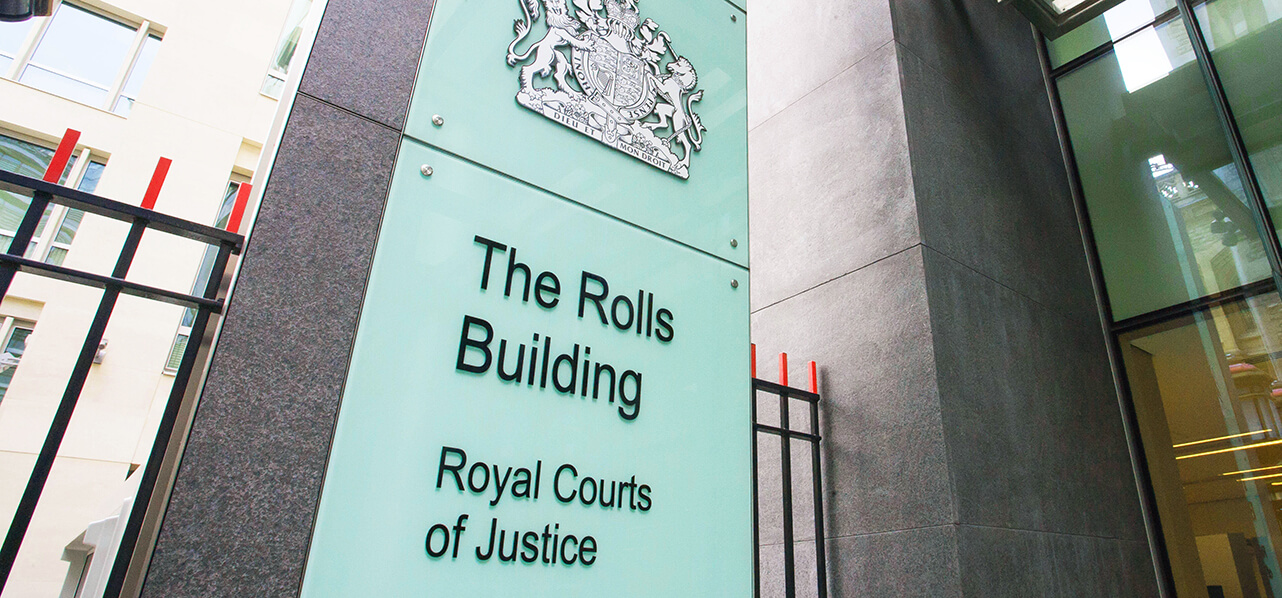Background
Carbon Dioxide Capture and Storage, better known as “CCS”, is a technology and growing business sector intended to help achieve climate goals to keep the increase in average global temperature to well below 2°C above pre-industrial levels, and pursue efforts to limit temperature increase to 1.5°C above pre-industrial levels.
CCS involves the capture, transportation and storage of CO2 emissions and offers a broad value chain for companies that are or wish to become active in these areas. Moreover, for various heavy industry sectors whose production processes cannot be electrified at present or in the foreseeable future and cannot rely on hydrogen as a substitute due to insufficient quantities, CCS is the best and possibly only way to maintain business operations in line with climate goals. Such energy-intensive heavy industries include lime, cement and glass production, and waste management amongst others.
CCS is different from Carbon Dioxide Capture and Utilisation (“CCU”), which is where CO2 is either captured from an industrial process or directly from the air and fed into another industrial process, thus becoming a raw material for chemical or biotechnological processes.





